Turn compost heaps into raised garden beds
Turn compost heaps into raised garden beds for a sustainable technique that will mean less work in the long run; and tastier, more nutritious vegetables.
The aim of the exercise is to eventually turn every bed in your vegetable garden into a raised compost heap; and not reopen it for ten years or more. So any unwieldy sticks, branches and prunings can be dumped into it; eventually they will decay.
We can argue long into the night whether this or that way of composting is better; it's all hot air. What is important is that we make every effort to retain that organic material in the garden; nothing must go to the dump.
How we then deal with it is of lesser importance. This Hügelkultur method appeals to me; perhaps slightly more work in the short term but with huge benefits if you are into this garden for the long stretch.
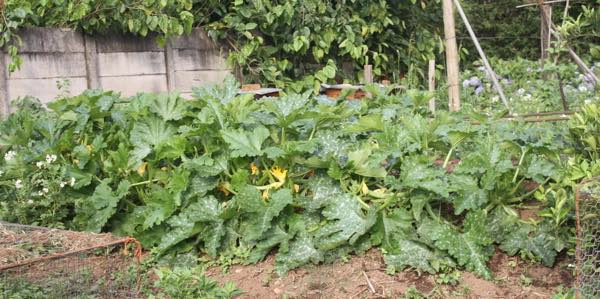 Zucchini squash on a raised compost hugelkultur bed
Zucchini squash on a raised compost hugelkultur bedHumus
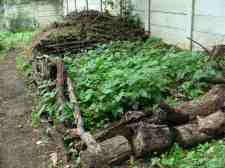
We had a compost heap up against a concrete wall for about five years. We realised it was prime space for a garden bed so moved most of the friable material away and started planting seeds. That was probably nearly a decade ago; it remains our most productive patch of ground.
Compost heaps build fertility.
That compost heap left behind something in the soil that has had lasting benefits. Probably humus but likely other nutrients for our veggies too. It's just one small feature of what is being called backyard permaculture.
Labour saving
The hardest part of composting is carting organic matter some distance across the garden; and then when it has broken down, barrowing it all the way back to your beds.
The Hügelkultur method means turning every bed first into a compost heap; and then planting your seedlings on top of it. Don't cart those corn stalks across the garden; build them right there in situ into a new pile that will soon become a very fertile patch.
Drainage
Compost heaps can become water-logged in a wet season. No air can get in and they become anaerobic; far less break down and they may stink. Methane and other noxious gases are produced.
Turning your compost heaps into raised garden beds will help store water, absorbe moisture but prevent the heap from becoming sodden; but still damp in a dry period.
This reduces the need for frequent irrigation.
Warmth for the roots in winter
This Hügelkultur method generates heat, keeping the roots warm as autumn sets in; the growing season is extended.
Dig out the top soil
A raised garden bed must be covered by a layer of top soil. You either have to source it from elsewhere or dig out a sunken pit, perhaps 150mm deep. This in fact is the hardest part of building a raised compost bed.
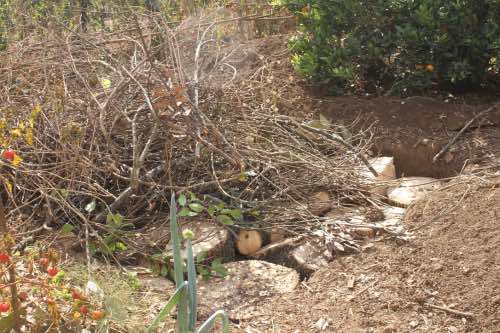
The foundation
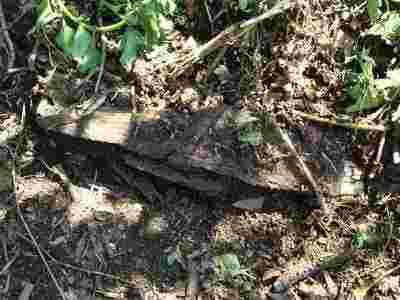
The base of this new bed needs to be built on a layer of decomposing logs. They could be several feet in diameter or just a few inches. If you have chopped down a tree and don't know what to do with all that timber, make it the foundation of your first raised garden.
The logs can even be placed on end but that means digging quite a deep hole. Damaged and discarded wooden pallets could be used provided they weren't made of treated timber.
Watch your back, though. Moving large logs is slipped disc stuff. Obviously this Hügelkultur bed will last for many years; likely you'll never have to do it again if you build a heavy-duty foundation. Try and make the base at least 15cm deep; perhaps a foot or more.
The tradition of centuries suggests the woody base should be about 40% of the heap; don't fuss. Put the measuring tape away! It does not need to be beautiful and regular; it will soon be covered for a very long time.
A layer of sticks
On that foundation of logs toss a layer of sticks of all shapes and sizes; in depth perhaps half of that of the log foundation. Now you have a base that will allow excess water to drain away and air to circulate.
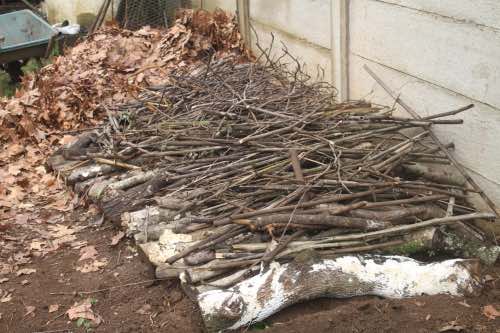 The base: logs covered by sticks
The base: logs covered by sticksPlant waste
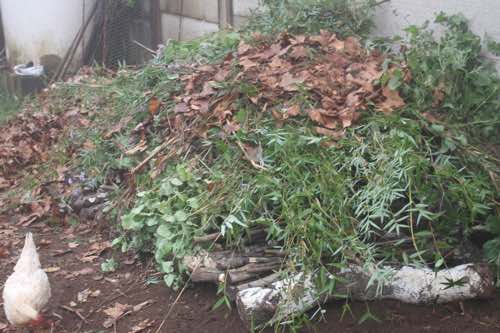 Adding plant material to the raised compost bed
Adding plant material to the raised compost bedThe third layer can be made of any plant waste; rotting leaves in autumn, grass mowings in summer and cuttings from say your hydrangeas. Even those rose prunings that are so hard to get rid of. You won't be putting your fingers down there for years; the thorns will have decomposed completely.
This is a permanent structure; you won't be barrowing the compost away to another bed.
Together with the base you are making a structure that will retain water; but allow an excess to drain away. It means a lot less time spent, hosepipe in hand.
Make this layer quite thick remembering it will infiltrate the base below and decompose quickly; tradition says about a quarter of the whole structure.Take your time here; it could be a month or more, so keep adding extra material before you move onto the fourth level.
Some like to turn it into a heaped mound to stop compaction, others a level bed; follow your own guiding star.
As it decomposes heat will be released; this is useful as seeds will germinate better and plants keep growing as the cooler autumn weather sets in.
Hiring a powerful mulching machine could be useful here; avoid the Mickey Mouse models. Perhaps you or even your neighbour want to tear down a hedge or some thick woody stuff. This is the perfect place for that friable material and otherwise irritating stuff that you might be tempted to send to the dump.
Kitchen scraps could also be dumped in here but they may attract vermin. A worm farm with a water-tight lid is a better bet; to keep the rain and rats out. A few shovelfuls of the vermicompost would do wonders for your raised garden bed.
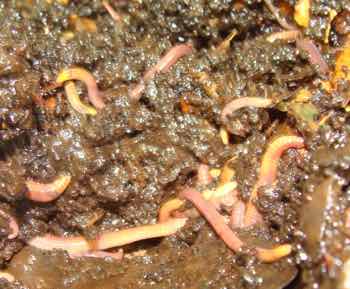 The wonder of worm farms
The wonder of worm farmsPine-bark would be fine, even some layers of coarse sawdust; though rather acidic, in the context of the whole bed it will slowly decompose. This is an excellent time to add any ash from your wood stove; it's alkaline and will neutralise your raised garden heap.
A few shovels of cow or horse mature would not go amiss. I let my chickens loose on the heap. Yes, they will take some of the worms but that means richer eggs; and they leave behind their droppings. It's all about trying to work with nature rather than against it.
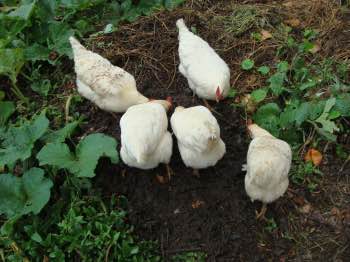
A layer of compost
Your fourth layer is fairly thin; perhaps a wheelbarrow from one of your heaps. This incidentally is the place to seed your Hügelkultur bed with creepy-crawlies. If you have a worm farm, some vermicompost would be perfect.
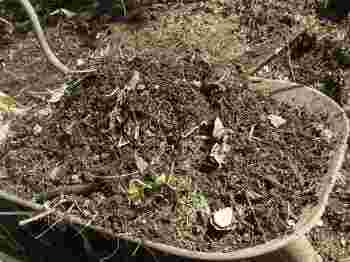 Vermi-compost
Vermi-compostA layer of soil
And finally a layer of soil to top your new raised garden bed; the whole structure could be a couple feet deep or even more if you used large logs in the foundation.
Perhaps wait a few weeks for the whole structure to settle, add more soil and get your Hügelkultur bed level and ready for planting your first tray of cabbage seedlings; kale, peppers or strawberries?
We had difficulty finding enough soil to top the raised garden bed; so now we've started digging out an area. Then the logs will actually go below ground; and you'll have plenty of earth to finish the heap.
A complex of Hügelkultur beds
Notice how developers build a new complex. They start with the foundations of the first house and then as the brickies get going, work begins on the next home.
As you are building your first bed, keep thinking ahead. Either right adjacent to it, or in another part of the garden where you know there will soon be a pile of organic debris, start your next raised Hügelkultur heap.
Help your neighbours
It is strange but most likely you will notice your neighbours carting bags of leaves and the grass they have mowed to the dump; little do they see in Nature that is actually theirs to be had and enjoyed[3]. You can help them by coming to some arrangement about the compostable material they are constantly having to dispose of; they will be delighted with a few organic vegetables.
Lots of hard work
Perhaps you are thinking this is a lot of work; why go to all the trouble? First up, this is a once off; you won't be tackling this garden bed again probably for a decade. It is a permanent structure; and you will save your back not having to turn and dig out compost heaps, barrowing that black gold to where you want to plant new seedlings.
This raised compost heap you will soon find is a garden bed on steroids; your veggies will thrive!
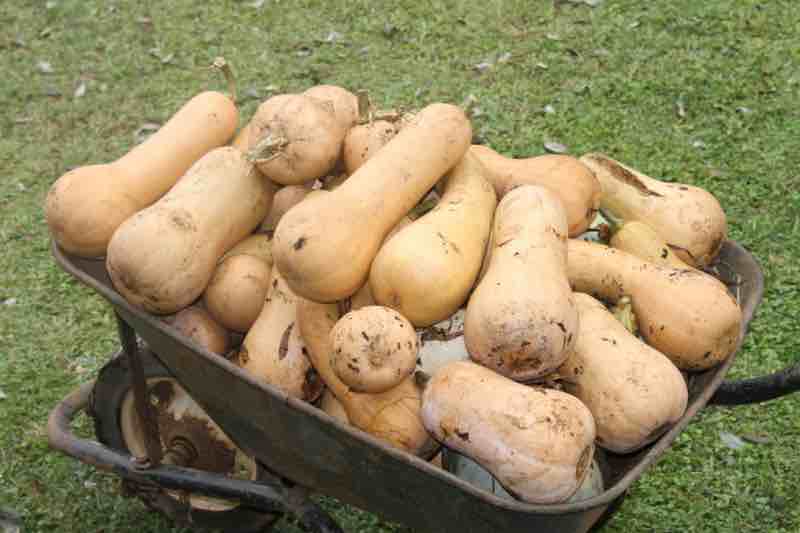 More food than you can possibly eat
More food than you can possibly eatRats
One thing I did not anticipate is that rats love to make nests in the foundations of your raised garden beds. I am hoping the friable material will all break down and fill in the gaps within a year.
Cardboard
There's a move worldwide to turn beautiful lawns into vegetable gardens. Mowing is hard work, takes valuable time and maintenance of the machinery is expensive. There is no need to first dig out the grass; simply cover it with two layers of cardboard and lay your foundation for a raised garden bed.
Three metres long by two wide would be quite an ambitious start. But soon you'll be piling on the grass cuttings instead of taking them to the dump or a compost heap at the bottom of the garden. There is likely to be a rainwater tank nearby that you can use to irrigate your veggies.
Turn compost heaps into raised garden beds by all means but also do some lateral thinking; there are many variations on this theme. Like turning that unproductive lawn into a veritable source of fresh, organic fruit and vegetables.
Good food is becoming very expensive and increasingly difficult to find at any price. The Blue Zone people who live such long healthy lives would say start growing your own veggies. The sunshine, the exercise and the exposure to nature all will do us a power of good.
"There is increasing evidence that exposure to plants and green space and particularly to gardening, is beneficial to mental and physical health."
- Clinical Medicine (PMC6334070)
This is the lifestyle for those who don't like being sick, taking pills and constantly having to consult doctors. Instead they spend their time and energy turning compost heaps into raised garden beds; and growing their own food.
"It has been estimated that 20% of Medicare beneficiaries have five or more chronic conditions; and fifty percent are taking 5 plus drugs."
I cannot tell you what a blessing it is that neither the good wife nor I, in our mid-seventies have any chronic conditions and take almost no medicine.
There is strong research that leg strength and longevity are closely intertwined; when you turn compost heaps into raised garden beds you can be sure you will have powerful quads. Does adding fifteen good years to your life not sound attractive? The science is emphatic that it can be done.
Instead we turn compost heaps into raised garden beds, grow our own food and even brew our alcohol; and watch very little television.
It's the Cyan Zone philosophy; combining blue issues of wellness with a passion for green things; caring for the planet. The red-hot anger of inflammation and pain stays far distant.
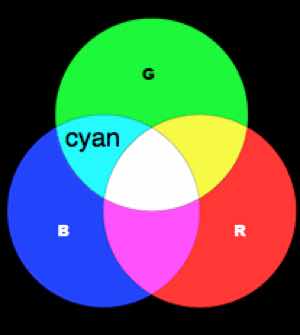
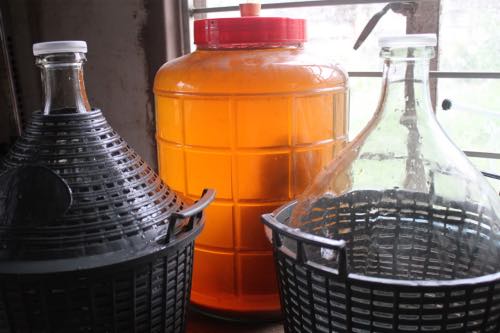
The material expressed on this page is gleaned from the nutritional and environmental literature; it is clearly referenced. A plain distinction is made between the author's opinion and that which is scientifically proven. When in doubt consult your health professional.
To suggest a correction or clarification, write to Dr Bernard Preston here. Contact.
Turn compost heaps into raised garden beds
Turn compost heaps into raised garden beds for long-term improvement of both your vegetables and by extension your own wellness.
Successful weight loss programmes always include exercise; usually walking after starchy meals so the carbs are converted into glycogen and not blood glucose. Instead you could turn compost heaps into raised garden beds for your workout; just as effective.
Save the soil
"If we don't save the soil, there will not be any souls to save."
- Dear Freudenberger, professor of missions
It's now the third year that we have been building raised garden beds; the first was much the same as an average garden, the second somewhat better but this summer the results have been astounding.
The good wife was skeptical in that first year. "So much work." Last week she asked me to start a fifth
When browsing use right click and "Open Link in New Tab" or you may get a bad gateway signal.
Newsletter
Our newsletter is entitled "create a cyan zone" at your home, preserving both yourself and Mother Earth for future generations; and the family too, of course. We promise not to spam you with daily emails promoting various products. You may get an occasional nudge to buy one of my books.
Here are the back issues.
- Lifestyle and ideal body weight
- What are ultra-processed foods?
- Investing in long-term health
- Diseases from plastic exposure
- Intensive lifestyle management for obesity has limited value
- A world largely devoid of Parkinson's Disease
- The impact of friendly bacteria in the tum on the prevention of cancer
- There's a hole in the bucket
- Everyone is talking about weight loss drugs
- Pull the sweet tooth
- If you suffer from heartburn plant a susu
- Refined maize meal and stunting
- Should agriculture and industry get priority for water and electricity?
- Nature is calling
- Mill your own flour
- Bake your own sourdough bread
- Microplastics from our water
- Alternative types of water storage
- Wear your clothes out
- Comfort foods
- Create a bee-friendly environment
- Go to bed slightly hungry
- Keep bees
- Blue zone folk are religious
- Reduce plastic waste
- Family is important
- What can go in compost?
- Grow broad beans for longevity
- Harvest and store sunshine
- Blue zone exercise
- Harvest and store your rainwater
- Create a cyan zone at your home
Did you find this page interesting? How about forwarding it to a friendly book or food junkie? Better still, a social media tick would help.
Address:
56 Groenekloof Rd,
Hilton, KZN
South Africa
Website:
https://www.bernard-preston.com